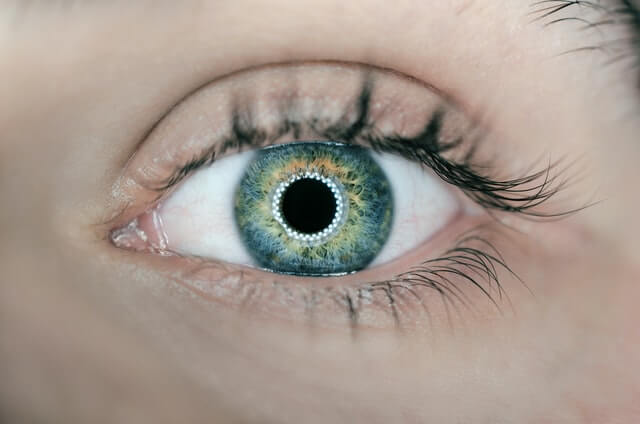DHA, the omega-3 fatty acid, is touted for its many health benefits, and vision protection is among the most important of these. A study published in Investigative Ophthalmology & Visual Science indicates DHA, one of three forms of omega-3 fatty acids and a substance that makes up about thirty percent of brain matter, prevents age-related vision loss in laboratory mice.
Benefits of Omega-3 for Infant Vision Development
Several clinical research studies have shown omega-3 fats are essential for vision development in babies.
DHA can be found in maternal breast milk and in supplemented infant solutions. Omega-3 supplemental solutions also seem to stimulate vision development in babies.
Per multiple studies performed at Harvard School of Public Health and published in the journal Pediatrics, researchers discovered that healthy pre-term infants fed DHA-supplemented formula showed substantially better visual acuity at two and four months of age. This is compared with pre-term babies who were fed formula not including the omega-3 supplement.
Adult Eye Benefits Of Omega-3 Fatty Acids
Several studies suggest omega-3 fats may protect adult eyes from dry eye syndrome and macular degeneration. Necessary fats may also help drain intraocular fluid from the eye, decreasing the risk of glaucoma and high eye pressure.
Foods Rich with Omega-3
While both omega-3 and omega-6 fatty acids are essential to our health, an optimal balance of these is crucial. Most professionals think the ratio of omega-6 to omega-3 fatty acids in a healthy diet needs to be four to one or lower.
Sadly, the typical American diet includes considerable quantities of meat and processed foods. These tend to contain 10 to 30 times more omega-6 than omega-3 fats. This imbalance of omega-6 (”bad”) fats to omega-3 (”good”) fatty acids seems a contributing cause of several major illnesses, consisting of arthritis, asthma, cancer, and heart disease.
Among the best actions, you can take to improve your diet are eating more foods rich in omega-3 fats and fewer that are high in omega-6 fatty acids.
Optimal food sources of omega-3 fatty acids are cold-water fish. They are high in both DHA and EPA. Examples consist of tuna, salmon, herring, and sardines. Wild-caught varieties are much better than farmed fish, which typically undergo higher pollutant and chemical levels.
Other good sources of omega-3 fatty acids include dark green leafy vegetables, walnuts, flaxseeds, and flaxseed oil.
Learn More
To learn more on how omega-3 fatty acids help develop vision in children and maintain vision in adults, contact Dr. Brian Will at (877) 542-3937 or schedule an in-office consultation.
